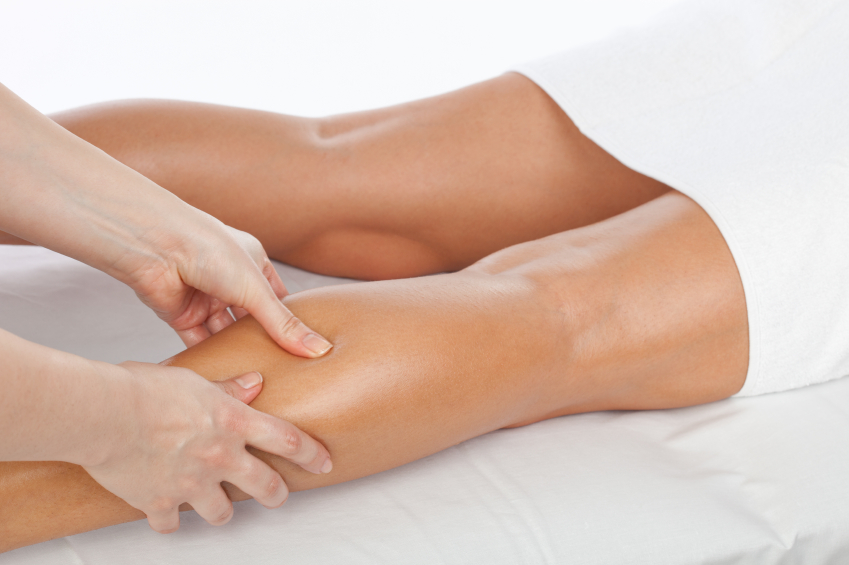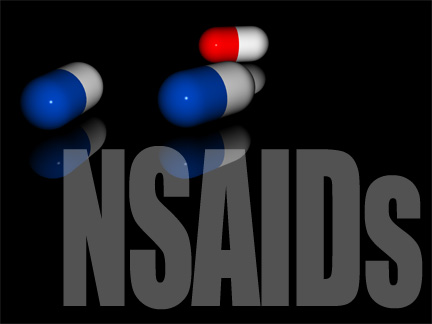If you are new to running or you’re working out harder, you could develop soreness in your legs. Setting in 12 to 48 hours after the workout, this soreness is known as delayed onset muscle soreness (DMOS). While it may be a little uncomfortable, it usually indicates that your body is adjusting to the new activity. However, it could also be the result of injury, in which case you should take a break from running to let your body heal. But how will you know if running with sore legs is okay or not?

Should You Run with Sore Legs?
1. When It Is OK to Run
Provided the soreness in your legs is light and you are sure it is a result of exercise a day or so ago, there is nothing wrong with running. The soreness is a result of tiny tears within the muscles due to the increased stress. This mild soreness can even benefit from running, because your legs and the rest of the body can get accustomed to harder exertion.
If you choose to run, don’t push yourself as hard as you would without the soreness. Take it a little slower, do it for half of your normal time and take walking breaks during the run. If your soreness is worsening, you will find it out during the walking breaks. Avoid running up or down a slope to minimize the pain, opting instead to run on a flat surface. A soft surface such as a dirt path or soft field works better than a concrete or similar surface. If you feel the soreness increasing during running, stop it immediately.
2. When It Is Not OK to Run
If your soreness is a result of pulled or strained muscles, running with sore legs can worsen the condition. If you experience the soreness in one leg or have some sharp pain somewhere, it is advisable not to run. Other symptoms that signify the need to rest include: soreness accompanied by fatigue, reduced appetite, cold or flu. If you experience such symptoms or others, the best thing is to take a break and consult your doctor. The same should apply if the soreness gets worse. Do not run if you have the following:
- Shin Splints
In most instances, splint pain occurs on the inner part of the lower leg, but you may also have it on the front and outer part of the lower leg. The pain begins as you run and sometimes stops once you stop. Do not run if you have this pain. You need to rest until this pain subsides. Shin splint results from running on a hard surface or extreme turning of the foot while running.
- Tendinitis (Achilles Pain)
Achilles pain or tendinitis occurs in the Achilles tendon, on the inner side of the ankle, although it may spread towards the outer side. It may also involve swelling of the ankle. Tendinitis occurs when you run up or down hills or when you increase the intensity of your running. It can also be caused by excessive turning of the foot when running.
- Severe Pain
Severe pain in your leg that is so bad you are unable to run may be the result of stress fractures. If you experience sharp pain or pain that won’t go away, stop running with sore legs and consult your doctor.
How to Relieve Muscle Soreness
The following methods can help you get rid of the soreness and return to running early.
1. Cold Bath
Spending 10-20 minutes in a cold bath tub once you are through with your run will soothe your muscles, reduce swelling, prevent tissue breakdown and help remove waste products from your body. A smaller version of this is the application of an ice pack to the sore muscles.
2. Heat Therapy
 Application of heat causes more blood to flow, delivering nutrients and oxygen to help in the recovery of damaged muscles.
Application of heat causes more blood to flow, delivering nutrients and oxygen to help in the recovery of damaged muscles.
3. Active Recovery
Though you need to rest, 20-30 minutes of less strenuous exercises can help improve circulation in the muscles. This helps to stabilize the body’s pH and promote overall recovery.
4. Sports Massage
 Research has shown that massaging tired muscles reduces the soreness and aids in recovery by about 30%. This is helpful no matter whether you are running with sore legs or not.
Research has shown that massaging tired muscles reduces the soreness and aids in recovery by about 30%. This is helpful no matter whether you are running with sore legs or not.
5. Gentle Stretches
Gentle stretches help to loosen and lengthen muscles, letting them to relax and regain good motion.
6. Nonsteroidal Anti-Inflammatory Drugs
 Taking NSAIDs such as ibuprofen, aspirin and naproxen sodium helps to ease the pain of sore muscles. But researchers warn that these drugs slow the muscle recovery process by interfering with protein re-synthesis. For this reason, avoid using them regularly.
Taking NSAIDs such as ibuprofen, aspirin and naproxen sodium helps to ease the pain of sore muscles. But researchers warn that these drugs slow the muscle recovery process by interfering with protein re-synthesis. For this reason, avoid using them regularly.
7. Nutrition
Proper nutrition can help in the recovery process. Within one hour after your workout session, take a small snack containing about two parts carbohydrate and one part protein. The next meal should contain complex carbohydrates and protein from fish, poultry, meats, rolled oats, couscous, leafy greens, yams and brown rice.
